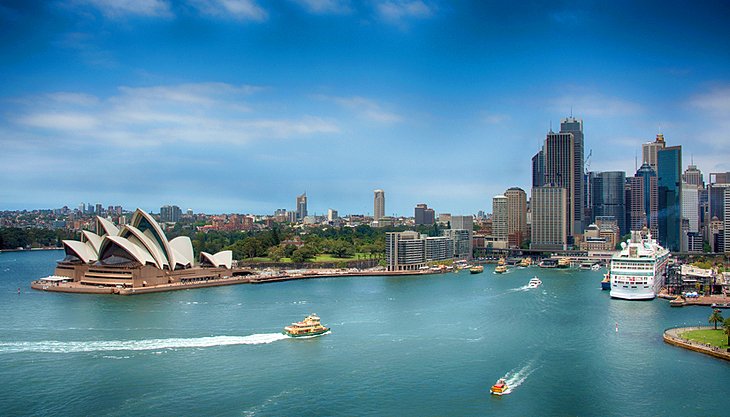Lismore’s lantern parade celebrates nature to mark the passing of the longest winter night, but the New South Wales northern rivers town has a troubled relationship with nature.
Lismore was twice swallowed by the Wilsons River this year, which is why the festival director, Jyllie Jackson, decided the parade of mammoth electrified lanterns must finish on the banks of the river.
“I wanted to provide another perspective on what has happened,” Jackson said.
“When I told some people we were doing it down by the river, and it was about healing our relationship with the river, they felt quite triggered by that. I get that, but this is about starting that conversation, starting that connection back to the river.”
A flotilla of wire and paper tinnies led the parade – a tribute to the boaties and SES crews who plucked thousands from flooded homes on 28 February.
A source of hope and healing: the lantern parade snakes through Lismore. Photograph: David Maurice Smith/The GuardianThe parade was also a light source for the flood-ravaged town. Photograph: David Maurice Smith/The Guardian
Lismore lawyer Binnie O’Dwyer visited the parade’s workshop to volunteer for a cfewhours but spent days working on the fleet in what became her “lantern therapy”.
O’Dwyer’s house was inundated, and she has not yet been able to return to work.

“It was pretty bad. It was up over 1.5 meters in our house, and my son’s work and daughter’s school also flooded,” she said.
‘Lantern therapy’: volunteer Binnie O’Dwyer: Photograph: David Maurice Smith/The Guardian
O’Dwyer sent her children to stay with family in Queensland while she repaired her home and health.
“Going in there [the lantern workshop] was not my house, and I got to play with paper and glue and scissors and wire, which was nice. I put the people in the tinnies,” she said.
“There was something even meditative about it … and this year is special because we honor the people who risked their lives to save others.”
Among the estimated crowd of 15,000 was Japan’s ambassador to Australia, Yamagami Shingo.
Yamagami said Lismore was the first town in Australia to set up a sister city relationship with Japan 59 years ago, and the floods received extensive coverage in his country.
“Coming from a country so prone to natural disasters, we have a tremendous amount of sympathy for the people of Lismore,” he said.
He said Japan also had a history of lantern parades.
Lismore’s 28-year-old winter solstice parade is traditionally a festival of light and hopes at the darkest time. The Lismore mayor, Steve Krieg, said turning the lights back on in Lismore had been challenging. He estimated that only 10% of shops and houses in Lismore’s CBD again had lighting.
A smoking ceremony led by Gilbert Laurie of the Yaegl and Widjabul tribes of the Bundjalung nation opens the lantern parade. Photograph: David Maurice Smith/The Guardian
“You need to get the electricity company to come in and install a new smart meter, and then an electrician can come in and wire up,” he said.
Krieg said electricity to the CBD was cut during the floods, and since then, only a double powerpoint can operate in affected properties until a level-two certified electrician visits. The Lismore CBD, still extensively damaged, also has limited street lighting.
“It’s pretty dark,” the mayor said.












